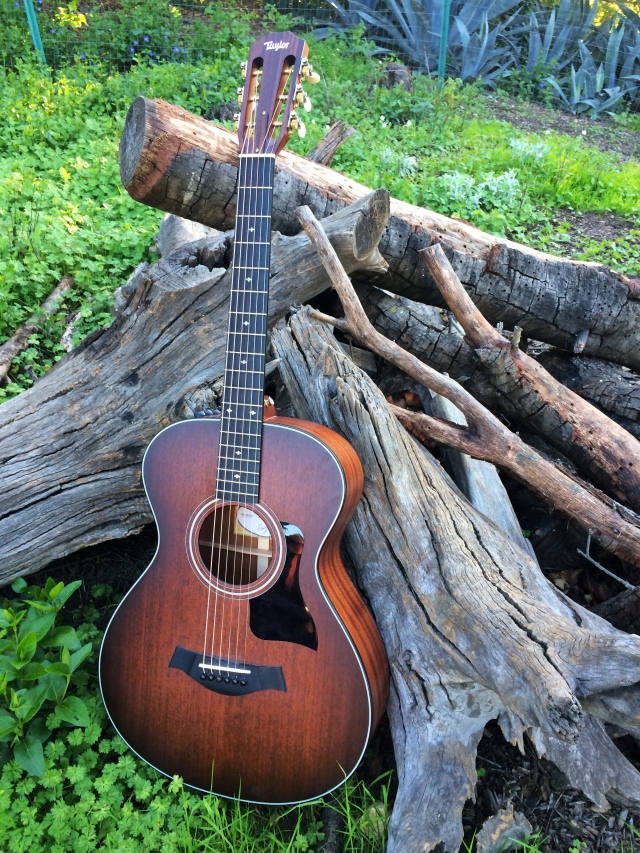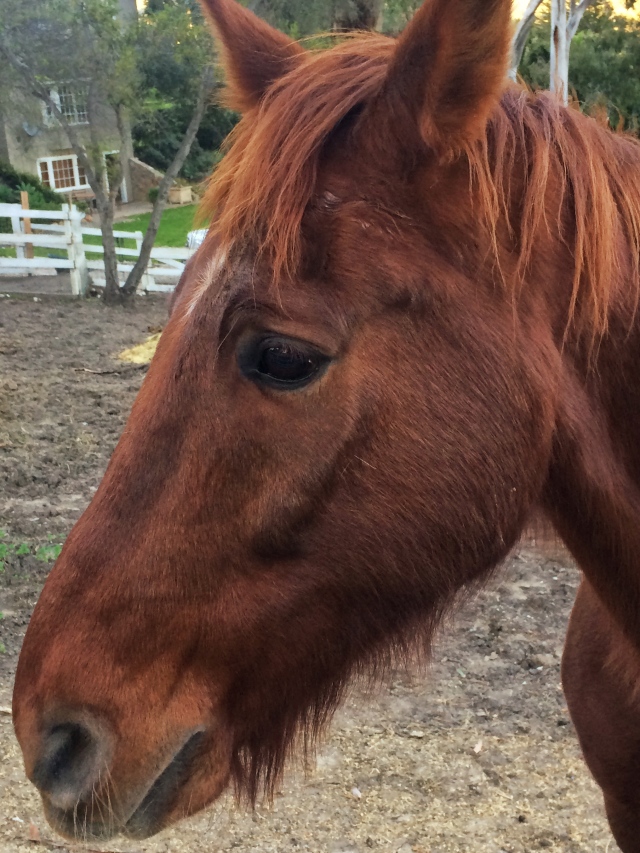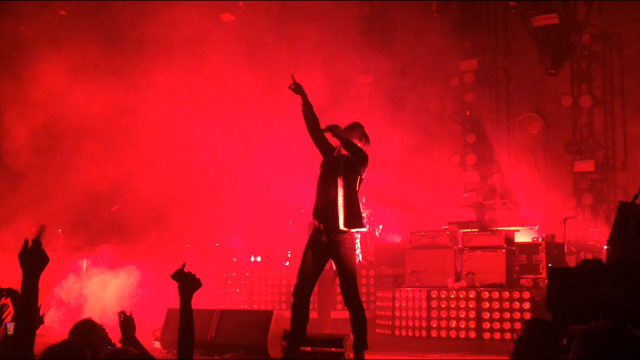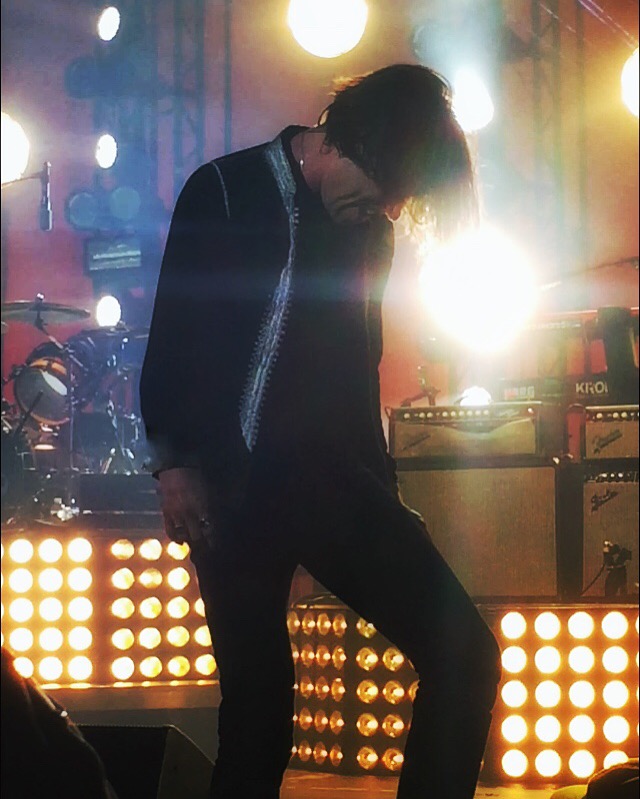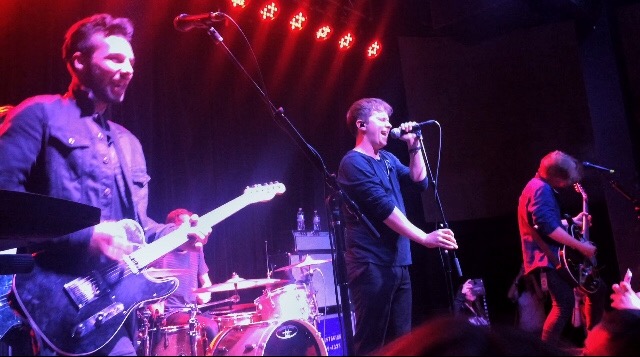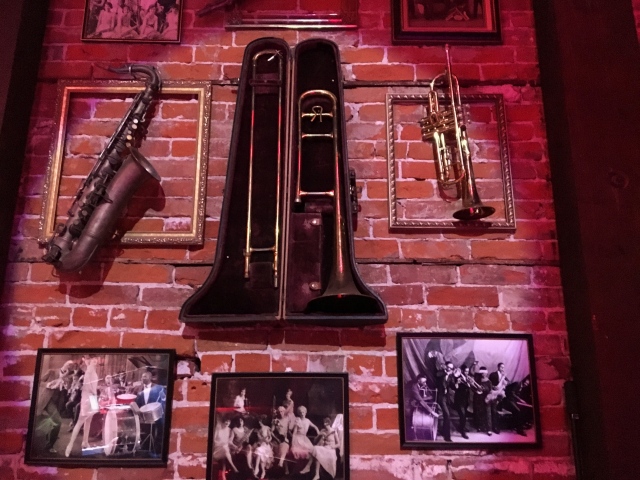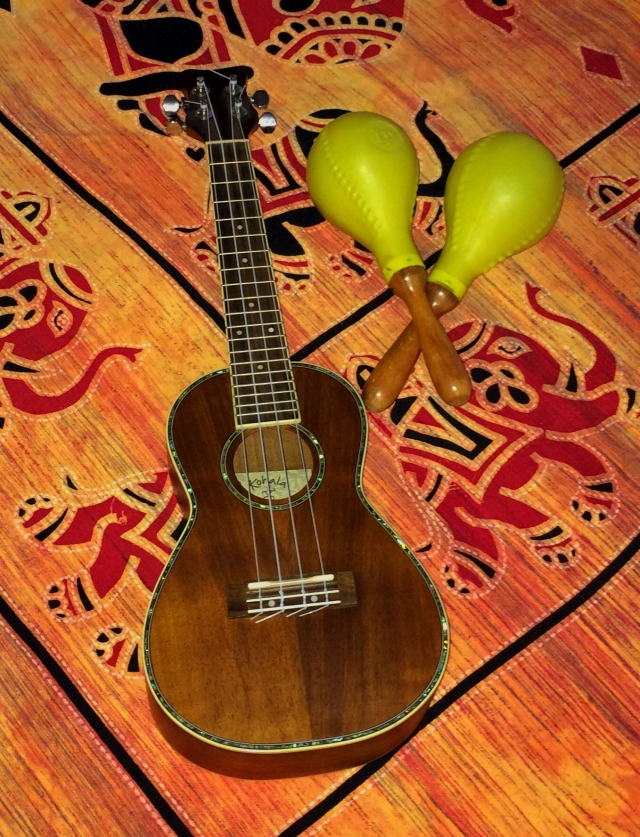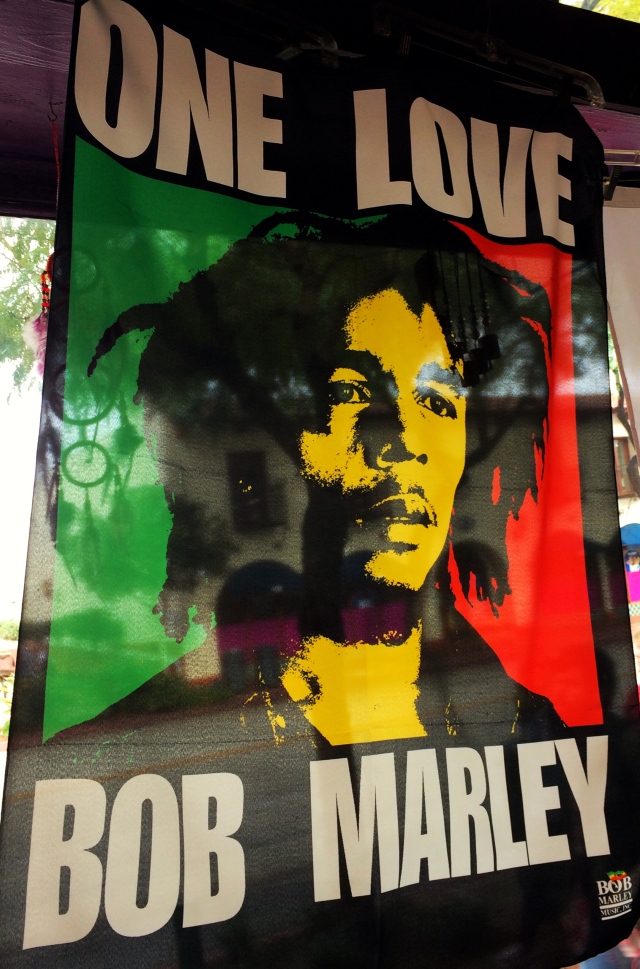This week in Visual Music, we will be taking a dive into the history of Motown. Everybody knows Motown is an informal name for Detroit, Michigan, but what is the meaning behind it? Detroit received this title because it is home to Motown records, one of the most influential and successful record labels of all time. They are responsible for the emergence of an entire era of music: SOUL.

Soul music came from a combination of gospel, R&B, and blues when it first became popular in the late 1950’s. Most classic soul features catchy rhythms and extemporaneous dancing. The music is fun and uplifting, and very infectious. Solomon Burke and Ben E. King were two of the first sensations of soul. Their songs, such as “Cry To Me” and “Stand By Me” topped charts everywhere, and resonated with people of all different races and religions. Aretha Franklin was one of the first and most recognized female voice in soul music. She is even crowned the “Queen of Soul” by many elites in the music industry and music lovers around the world. She achieved great commercial success in the late 60’s with hits such as “Respect,” and “Do Right Woman, Do Right Man.” Other chart-topping stars such as Otis Redding, Smokey Robinson, The Temptations, The Four Tops, Stevie Wonder, and Marvin Gaye were also part of the same group. And the one thing every single one of these artists had in common, other than their similar style, was their record label. Motown Records.

Motown Records, founded in Detroit by Berry Gordy, opened the door for soul music in America and put it on the map. It first took its form as Tamla Records, and the first band to bring Gordy success was the Miracles, with lead singer Smokey Robinson. Smokey became the vice president of the company, and it became so much a part of his life that he even named his children after the studio and his partner, Tamla and Berry. The label moved on to grow into a full blown empire, with establishments spread out across the United States. They made stars out of hundreds of people, and, within a decade, put out 110 top 10 hits. Even still, Motown Records will go down in history for being one of the most successful labels of all time, and their legacy has inspired other artists to keep soul music alive.
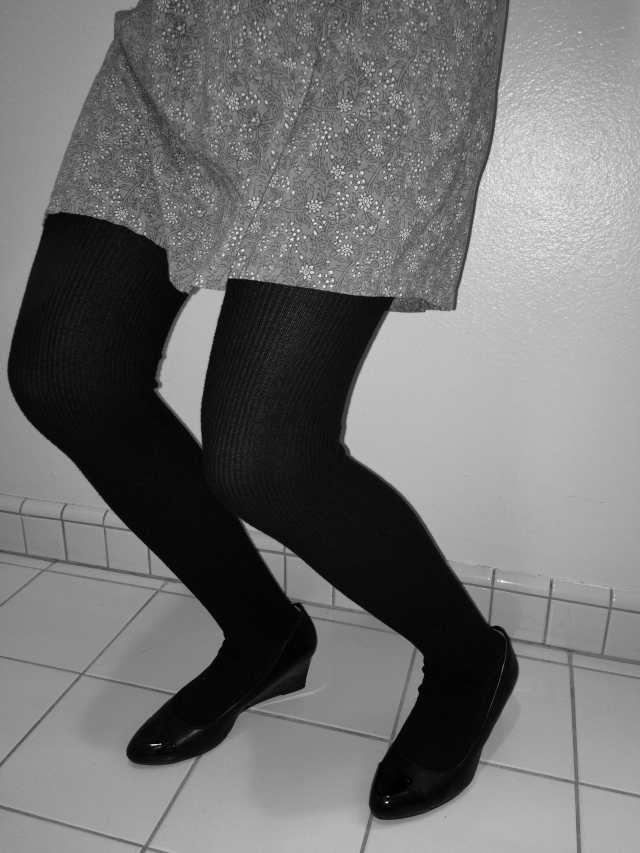
Comment below on what I should write about next week, and let me know what your interests are! See you soon!

